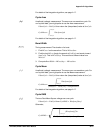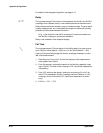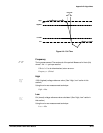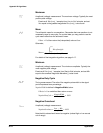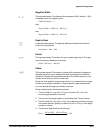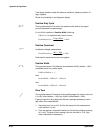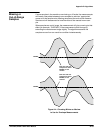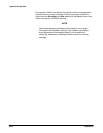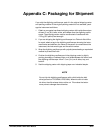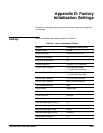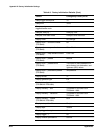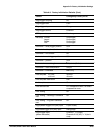
Appendix B: Algorithms
Appendices
AĆ18
W(t) is the sampled waveform
W
^
(t)
is the continuous function obtained by linear interpolation of W(t)
A and B are numbers between 0.0 and RecordLength-1.0
If A and B are integers, then:
ŕ
B
A
W
^
(t)dt + s
ȍ
B*1
i+A
W(i) ) W(i ) 1)
2
where s is the sample interval.
Similarly,
ŕ
B
A
(
W(t)
)
2
dt
is approximated by
ŕ
B
A
ǒ
W
^
(t)
Ǔ
2
dt
where:
W(t) is the sampled waveform
W
^
(t)
is the continuous function obtained by linear interpolation of W(t)
A and B are numbers between 0.0 and RecordLength-1.0
If A and B are integers, then:
ŕ
B
A
ǒ
W
^
(t)
Ǔ
2
dt + s
ȍ
B*1
i+A
(
W(i)
)
2
) W(i) W(i ) 1) )
(
W(i ) 1)
)
2
3
where s is the sample interval.
Time measurements on envelope waveforms must be treated differently
from time measurements on other waveforms, because envelope waveforms
contain so many apparent crossings. Unless otherwise noted, envelope
waveforms use either the minima or the maxima (but not both), determined
in the following manner:
1. Step through the waveform from Start to End until the sample min and
max pair DO NOT straddle MidRef.
2. If the pair > MidRef, use the minima, else use maxima.
If all pairs straddle MidRef, use maxima. See Figure AĆ4.
The Burst Width measurement always uses both maxima and minima to
determine crossings.
Measurements on
Envelope Waveforms




